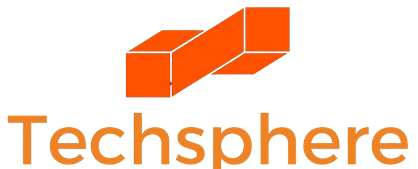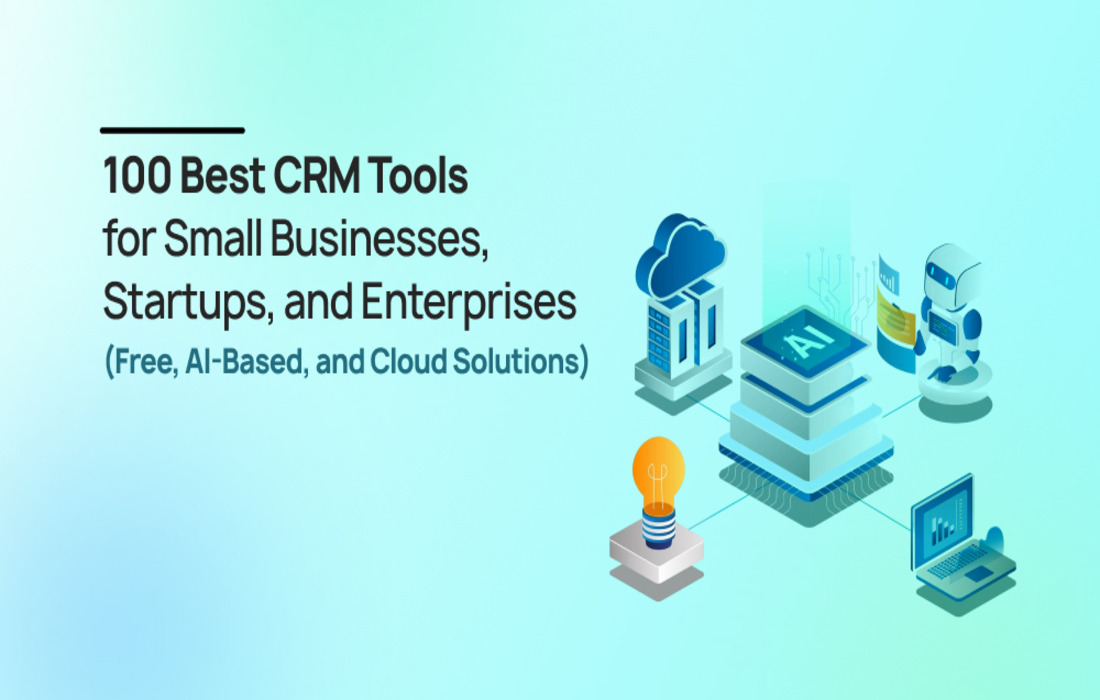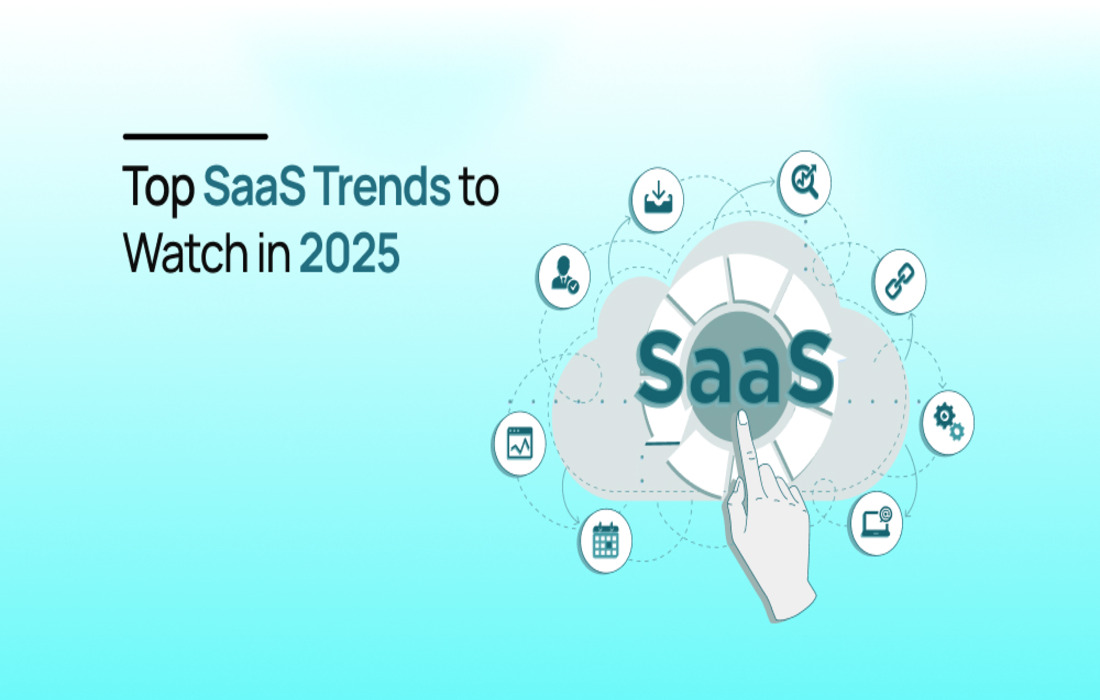In an increasingly subscription-based software landscape, every dollar invested in SaaS tools must demonstrate measurable value. While SaaS offers speed, scalability, and convenience, it can also become a source of hidden costs and tool sprawl. Evaluating the ROI (Return on Investment) of SaaS platforms is essential in 2025—not only to validate past spending, but to optimize future investment decisions.
This in-depth guide will walk you through frameworks, tools, and metrics to assess the true ROI of your SaaS investments, helping you make data-backed decisions that align with your business goals.
Why SaaS ROI Evaluation Matters
- Financial accountability: Justifies spending and helps manage budget constraints.
- Performance optimization: Highlights underperforming tools and areas for consolidation.
- Growth alignment: Ensures tools support company objectives like revenue, productivity, or expansion.
- Vendor negotiations: Informs renewal or replacement discussions with real data.
According to a 2024 Gartner study, 40% of companies admit they are overpaying for underutilized SaaS tools.
Step 1: Identify Total Cost of Ownership (TCO)
The first step is understanding how much your SaaS product truly costs beyond its subscription price.
Direct Costs:
- License or subscription fees
- Additional seats or modules
- Implementation/setup charges
- Support and premium features
Indirect Costs:
- Time spent onboarding and training
- Integration and customization efforts
- Maintenance or ongoing admin overhead
- Opportunity costs of tool downtime
Pro Tip: Use finance and IT team inputs to map costs over the full contract period.
Step 2: Quantify Tangible and Intangible Benefits
Tangible Benefits:
- Increased revenue (via better lead conversion, more deals closed, etc.)
- Time saved (e.g., automation replaces manual work)
- Reduced error rates or rework
- Decreased support tickets or IT involvement
Intangible Benefits:
- Improved employee morale and productivity
- Better decision-making from analytics/reporting
- Enhanced collaboration and remote team alignment
- Brand perception boost from faster customer service
Example: A support team using Zendesk cuts average resolution time by 40%. If agents resolve 200 tickets/month, and each minute saved equals $0.50 in labor, you can estimate savings over time.
Step 3: Calculate ROI Using Proven Formulas
A basic formula:
ROI (%) = (Net Benefit / Total Cost) x 100
Where Net Benefit = Total Value Generated – Total Cost
Sample ROI Calculation:
- Annual SaaS cost: $12,000
- Benefits (time saved, revenue gain): $36,000
- ROI = ($36,000 – $12,000) / $12,000 x 100 = 200%
Also consider Payback Period (time to recoup investment):
Payback Period = Total Cost / Monthly Benefit
Tip: Use ROI calculators offered by many SaaS vendors but verify inputs with internal data.
Step 4: Track Usage and Engagement Metrics
Adoption and usage are leading indicators of SaaS effectiveness.
- Login frequency and active users
- Feature adoption by team or department
- Completion of key workflows (e.g., campaigns launched, reports generated)
- Time spent per session (productive vs. passive usage)
Tools like Mixpanel, Pendo, or your SaaS vendor’s dashboard can offer this data.
Step 5: Align ROI With Business Objectives
Different tools support different outcomes. Make sure ROI reflects what matters most:
| Business Goal | Relevant SaaS ROI Metric |
| Improve productivity | Time savings, reduced manual tasks |
| Increase revenue | Conversion rate, sales closed |
| Enhance support | Tickets resolved, CSAT, NPS |
| Cut costs | Tool consolidation, reduced license spend |
Example: If your marketing team uses five tools but only heavily relies on two, you may save by consolidating or downgrading subscriptions.
Step 6: Evaluate Vendor-Specific Value
Beyond raw numbers, assess how the SaaS provider supports your business:
- Frequency of updates and innovation
- Customer support responsiveness
- Integration ecosystem
- SLA and uptime guarantees
- Scalability for your growth stage
Step 7: Conduct Regular SaaS Audits
Perform quarterly or biannual SaaS audits to reassess value:
- List all active tools and owners
- Check renewal dates and terms
- Recalculate costs vs. usage
- Solicit team feedback on usefulness
Pro Tip: Use tools like Blissfully, Zylo, or G2 Track to automate SaaS discovery and cost analysis.
Real-World Example: ROI in a Sales Organization
A B2B sales company adopted a CRM and sales engagement SaaS suite.
Before:
- Disconnected tools, poor lead follow-up
- 2 hours/day spent on admin work
After:
- Integrated workflows reduced admin time by 75%
- Revenue per rep increased by 30%
ROI: Over 300% based on time and deal volume improvements
Best Practices for Accurate ROI Measurement
- Define clear success criteria before implementation
- Track metrics continuously, not just at renewal
- Include both qualitative and quantitative feedback
- Adjust ROI models for scale—enterprise vs. startup may differ
- Engage finance and operations for validation
Common Pitfalls to Avoid
| Pitfall | Prevention Strategy |
| Focusing only on cost | Balance with usage and outcomes |
| Ignoring user feedback | Use surveys and NPS to gauge satisfaction |
| Static measurement | Recalculate ROI at regular intervals |
| Misaligned KPIs | Tie metrics directly to business goals |
Conclusion: Make SaaS ROI Your Strategic Compass
Evaluating SaaS ROI is not a one-time task—it’s a continuous loop of assessment, alignment, and optimization. In 2025, as SaaS stacks grow, knowing which tools deliver value—and which don’t—empowers your team to make smarter investment decisions.





